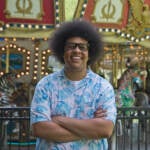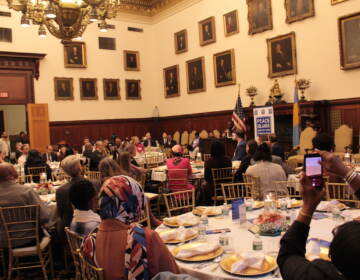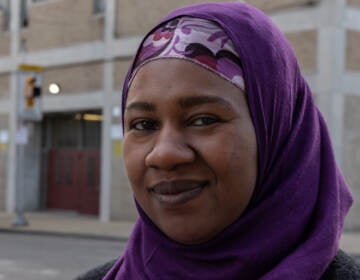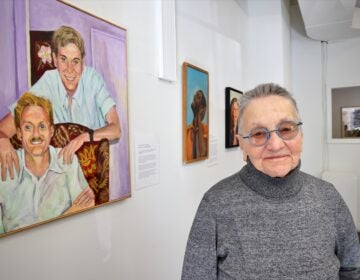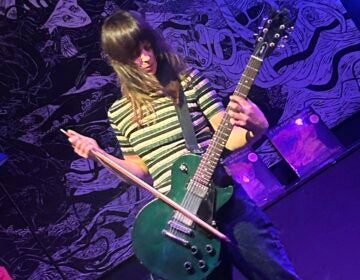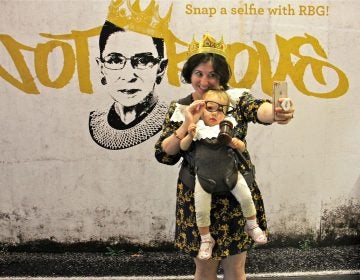Weitzman National Museum looks to the past to examine modern struggles of inequality with special art exhibit
The exhibit looks to past examples of inequality to examine the changing relationships of Americans throughout the pandemic.
An art exhibit at the Weitzman National Museum of American Jewish History examines the division throughout the U.S. since the pandemic by looking at past examples of subjugation and intolerance.
The exhibit, titled “The Future Will Follow the Past,” centers on the change in relationships between Americans throughout the pandemic, noting a rise in antisemitism, hate crimes, and the fight for LGBTQ rights.
All four floors of the museum are juxtaposed with art pieces comparing past struggles to current ones, highlighting the cycle of rampant prejudice throughout history.


Jonathan Horowitz curated the exhibit. The Brooklyn-based artist said he wanted to engage the museum’s core installation — which tells the story of Jewish people in America — and “fill in the gaps” with pieces to illustrate his vision.
“I think that every story of American history is the story of American history,” Horowitz said. “If the country was really founded on the principle of liberty and justice for all, we have to see it that way, that we see the way we’re implicated in every story of American history and fight for the principle of liberty and justice for all.”
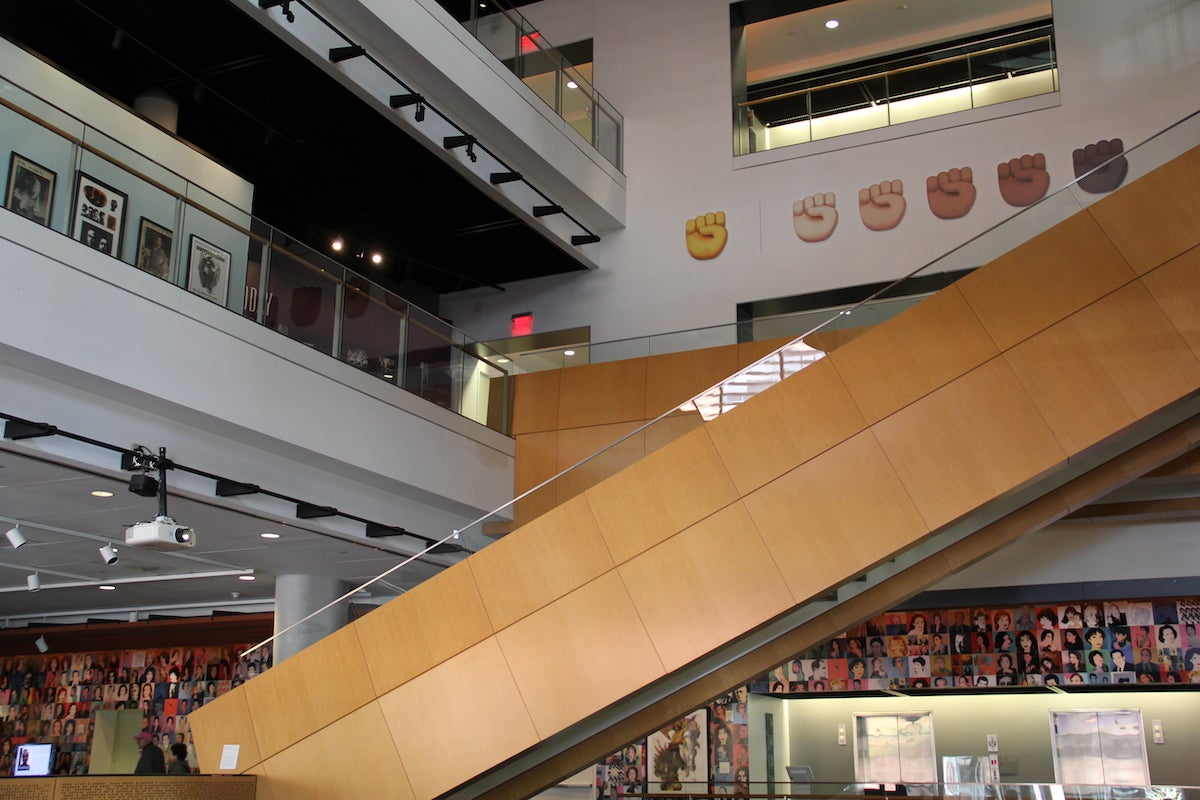
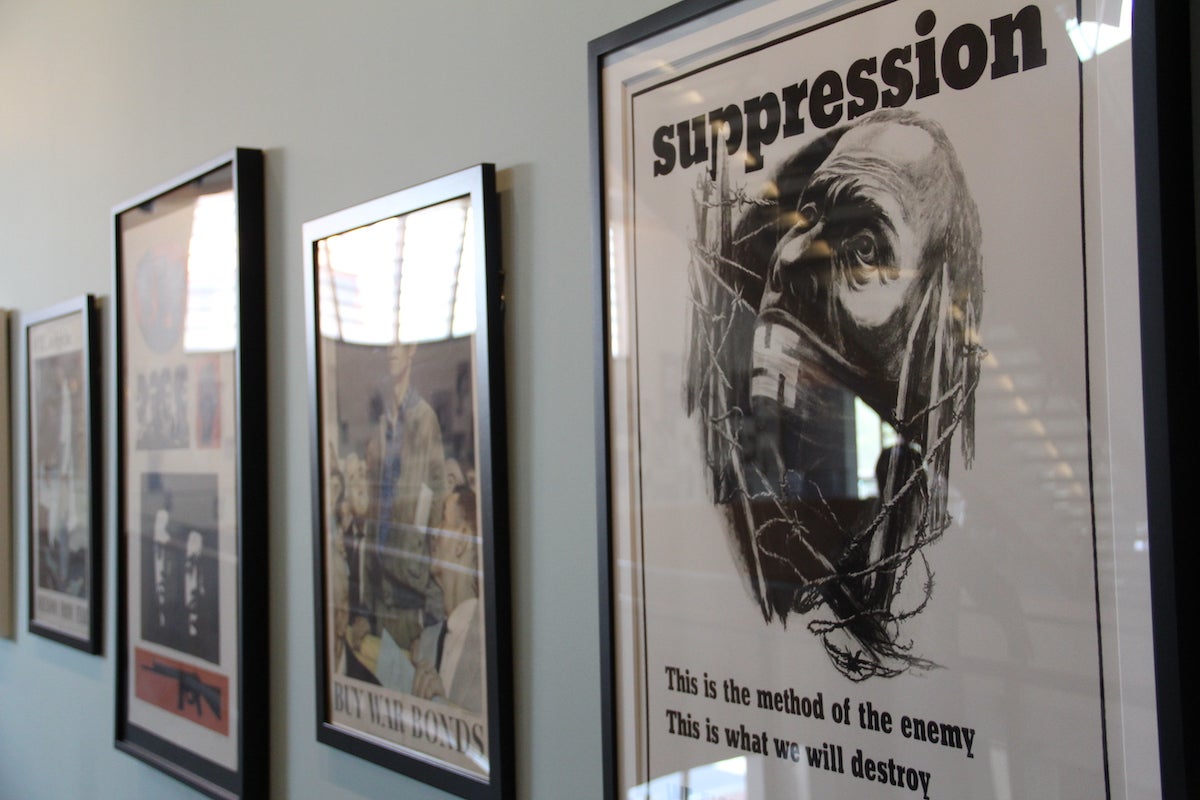
One of Horowitz’s featured pieces, Power, recreates the pop-up menu you see when you hold down the fist emoji on an iPhone. While it may appear simple, Horowitz said it addresses many racial undertones prevalent in American society.
“There’s a kind of accidental equation made between White Power and Black Power which are really not equal, but opposite,” Horowitz said. “And but that’s the kind of equation that has been made in recent years by right wing politicians and white nationalist groups.”
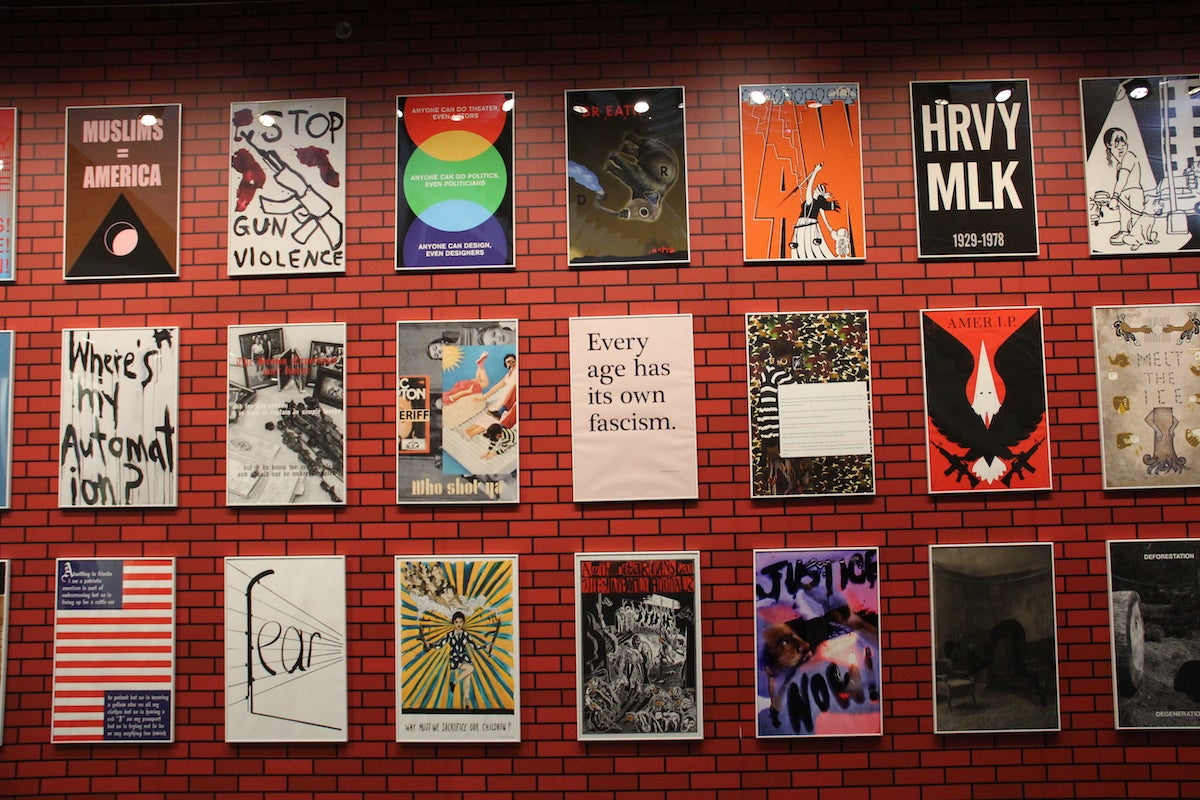
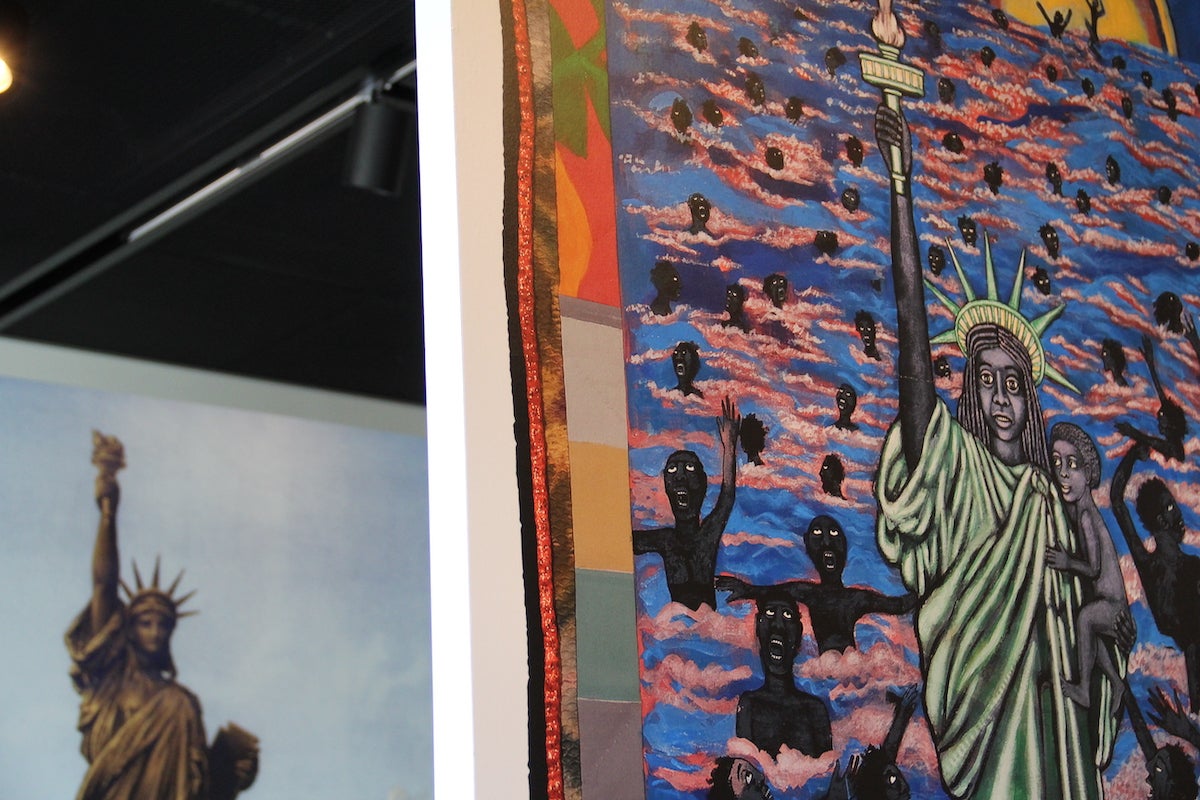
An installation of commissioned posters by contemporary artists includes work by Lynn Hershman Leeson, Christine Sun Kim, Jeffrey Gibson, Kim Gordon and Jason Smith, and Sable Elyse Smith.
Other artists featured: Adrian Piper, Ben Shahn, Tabboo!, Jenny Holzer, Elizabeth Catlett, Collier Schorr, Aya Brown, Malaquías Montoya, and Nicholas Galanin.
Tours will be available May 21 and June 25. Tickets are $15 for Museum members and $20 for non-members.
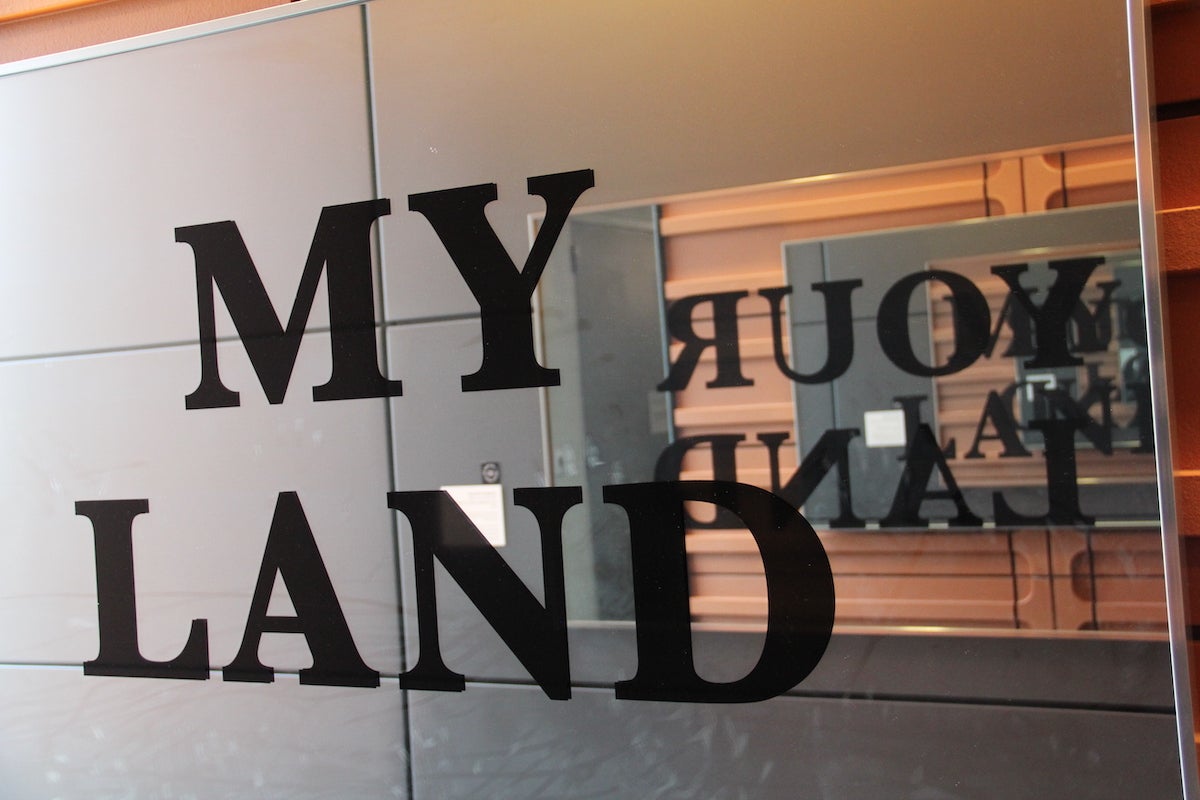

WHYY is your source for fact-based, in-depth journalism and information. As a nonprofit organization, we rely on financial support from readers like you. Please give today.


